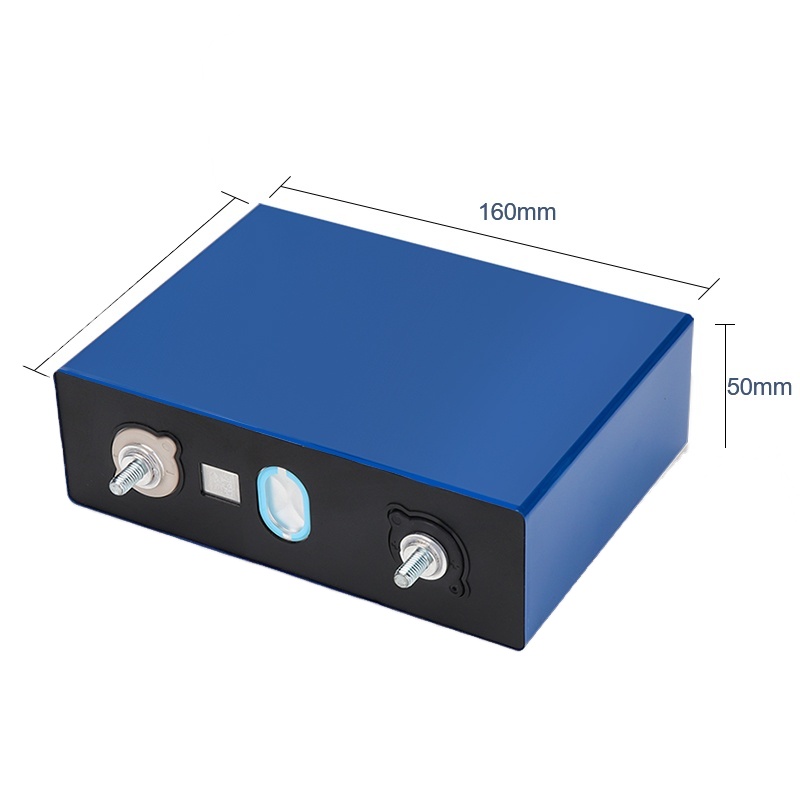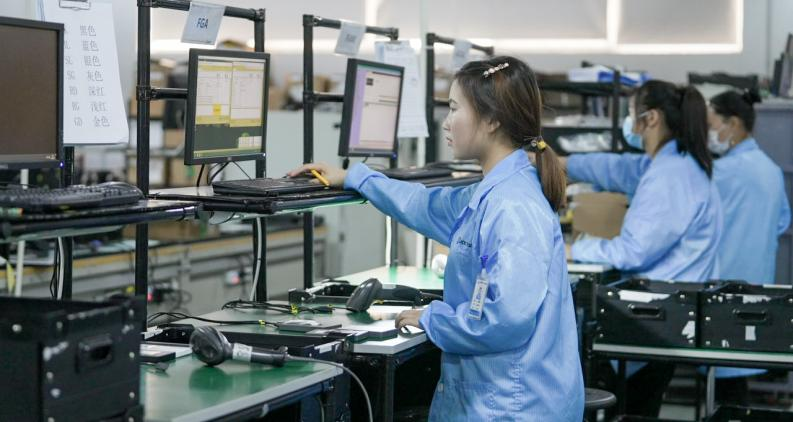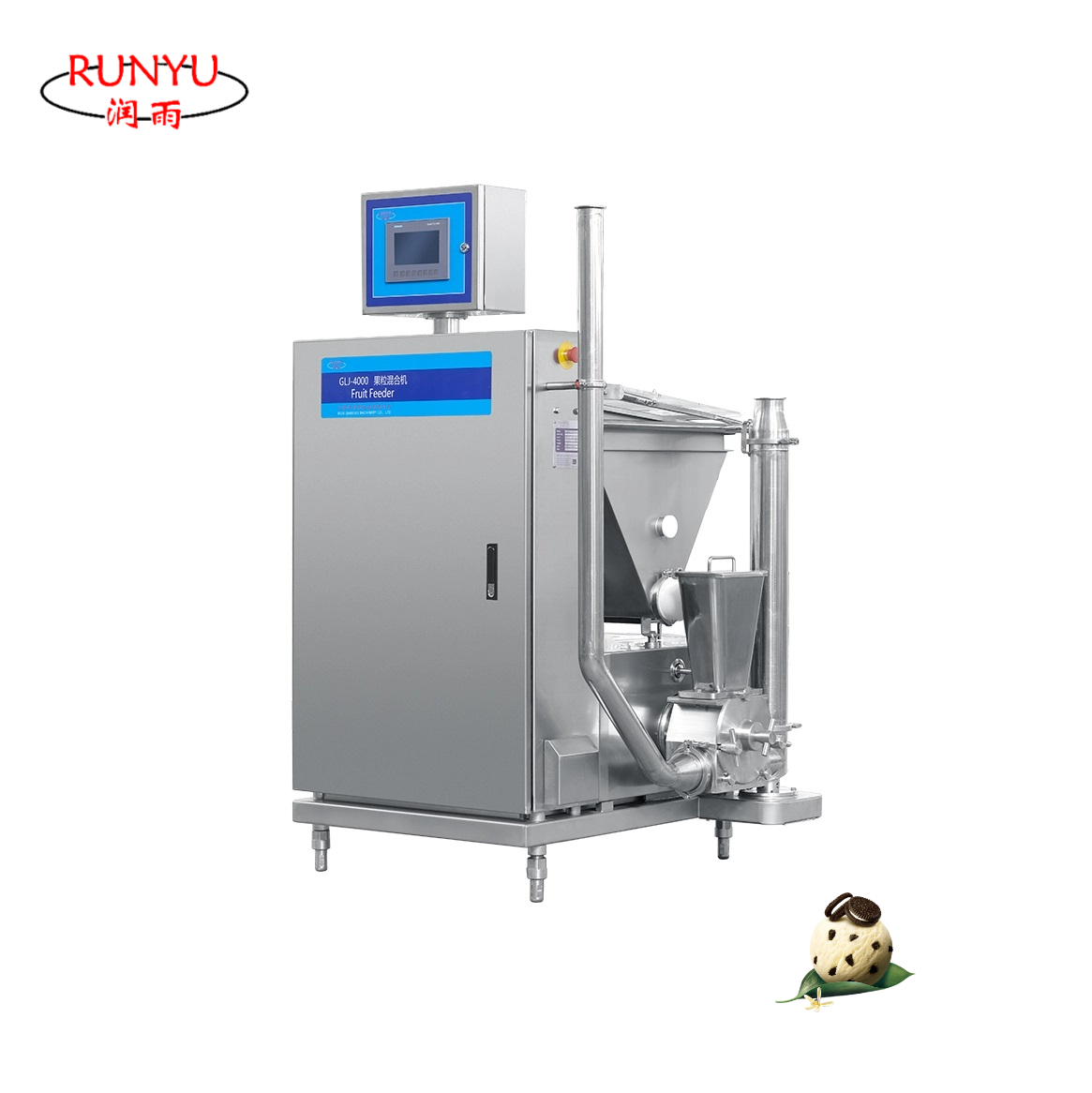Soldering is an essential skill in various fields, from electronics to jewelry making. For beginners, the process may seem daunting, but with the right techniques and tools, anyone can master this craft. In this article, we will explore the fundamentals of soldering, essential tools, safety precautions, and advanced techniques to elevate your soldering skills.
Understanding Soldering: The Basics
At its core, soldering is a process that involves joining two or more electronic components together by melting solder, a fusible metal alloy. The most common type of solder used in electronics is a combination of tin and lead, although lead-free alternatives are increasingly popular due to health and environmental concerns.
Types of Solder
- Lead-Based Solder: Traditionally used for its excellent conductivity and ease of use. However, due to health risks associated with lead exposure, its use is being phased out in many applications.
- Lead-Free Solder: Composed of tin, copper, and silver, this type is safer but requires higher temperatures and can be more challenging to work with.
- Flux: A chemical cleaning agent that helps prevent oxidation during the soldering process, ensuring a strong bond between components.
Essential Tools for Soldering
Before diving into the soldering process, it's crucial to gather the right tools. Here’s a list of essential items every beginner should have:
- Soldering Iron: A handheld tool that heats up to melt solder. Look for one with adjustable temperature settings for versatility.
- Solder: Choose the appropriate type based on your project. For electronics, a diameter of 0.6mm to 1.0mm is typically ideal.
- Soldering Iron Stand: A safe place to rest your hot soldering iron when not in use.
- Wire Cutters: Essential for trimming excess leads after soldering.
- Tweezers: Useful for holding small components in place while soldering.
- Safety Glasses: Protect your eyes from solder splashes and fumes.
- Soldering Mat: A heat-resistant surface to work on, preventing damage to your workspace.
Safety Precautions
Soldering involves high temperatures and potentially harmful materials, so safety should always be a priority. Here are some essential safety tips:
- Work in a Well-Ventilated Area: Solder fumes can be harmful. Ensure proper ventilation or use a fume extractor.
- Wear Protective Gear: Safety glasses and heat-resistant gloves can prevent injuries.
- Keep Your Workspace Organized: A clutter-free area reduces the risk of accidents.
- Be Mindful of Hot Surfaces: Always assume that the soldering iron and solder are hot. Use the stand to avoid burns.
Step-by-Step Soldering Process
Now that you have your tools and safety measures in place, let’s walk through the soldering process:
- Prepare Your Components: Ensure that the components you are soldering are clean and free from oxidation. If necessary, use a small amount of flux to clean the surfaces.
- Heat the Soldering Iron: Plug in your soldering iron and allow it to reach the desired temperature (typically between 350°C to 400°C for most solder).
- Tin the Iron: Melt a small amount of solder on the tip of the iron to improve heat transfer and prevent oxidation.
- Join the Components: Position the components you wish to solder. Place the soldering iron on the joint for a second or two to heat it, then feed solder into the joint. Remove the solder and then the iron.
- Let It Cool: Allow the solder joint to cool naturally. Do not blow on it, as this can create weak joints.
- Inspect the Joint: A good solder joint should be shiny and have a smooth, concave shape. If it appears dull or has a ball-like shape, it may need to be re-soldered.
- Trim Excess Leads: Use wire cutters to trim any excess leads from the components.
Advanced Techniques for Better Soldering
Once you’ve mastered the basics, consider exploring these advanced techniques:
- Through-Hole vs. Surface Mount Soldering: Understanding the differences between these two methods can expand your soldering capabilities.
- Desoldering: Learning how to remove solder can be just as important as applying it. Use desoldering pumps or solder wick for effective removal.
- Soldering Multi-Layer Boards: As you gain experience, you may encounter more complex circuit boards. Familiarize yourself with the specific requirements for soldering these types of boards.
Conclusion
Soldering is a valuable skill that opens doors to countless projects and hobbies. By understanding the fundamentals, investing in the right tools, and practicing safety, beginners can quickly become proficient in soldering. As you gain confidence, don’t hesitate to explore more advanced techniques and applications. Happy soldering!




